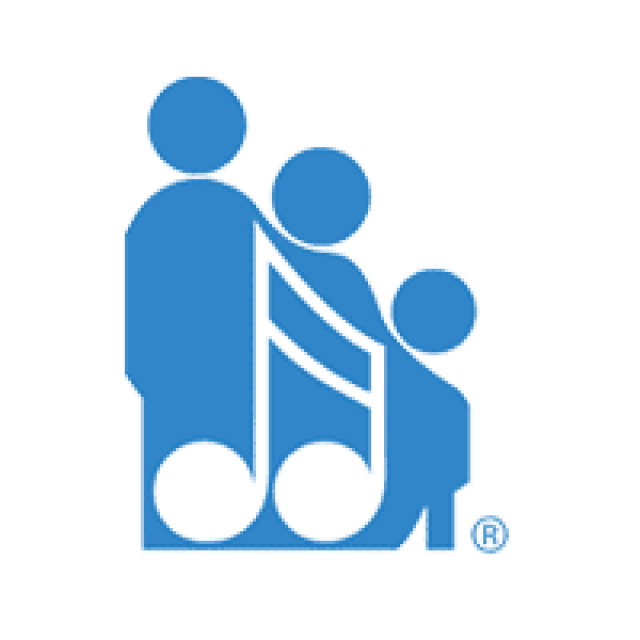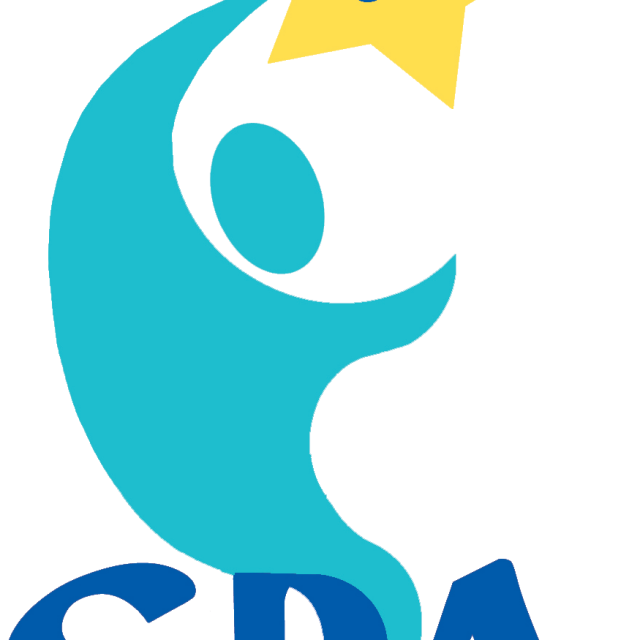In every facet of our lives, we search for clarity. However, we often don’t know what we’re looking for until after it’s been found. That’s what I’ve realized in the process of teaching violin. For me, clarity is being able to see and accept something (tangible or not) exactly as it is, without bias, free from scrutiny and frustration. My most impactful moments of clarity have happened because I took the time to learn about myself and have helped me become a better teacher to my students.
I’ve come a long way in my relationship to myself as a musician. Growing up in a musical household in an Alaskan village, I was often the only kid in school who played violin. The violin became an intricate part of my identity and a place of solace. I took lessons on Skype and, most months, flew to the nearby city to see my teacher in person. I knew I loved to play, and that the violin would be a part of my life forever.
But by the time I graduated from college with my bachelor’s in music, I was incredibly demoralized. I felt inadequate and unsure how to move forward. It was the spring of 2020, and the pandemic had shut down campus weeks before my senior recital. I gave my recital on Zoom in my bedroom to the black screens of the faculty board members, hoping my six other roommates wouldn’t make too much noise. Whether or not it went well, I was dismayed by how bad I sounded after just finishing a four-year degree. The pandemic obviously brought huge disasters to so many people; on the grand scale my recital didn’t really matter. And yet, it felt like the capstone of an important chunk of my life and I had somehow failed.
I stopped playing violin for over six months, my longest break, convinced I was talentless. The absence of music left a massive hole in my heart. Nearly nine months after graduating, I nervously applied for a teaching job at a nearby music school. Initially, it was just a reason to play where I couldn’t possibly disappoint myself. But teaching violin refocused my love for the instrument. My unhelpful internal narrative shifted into the rear-view mirror as I centered my focus on my students. The more I taught, the more confident I became. I began to notice that despite my novice teaching tactics, my students did slowly improve. It was such a special privilege to have an impact on their lives, and I became invested in their learning process. This shift also marked a moment of progress for me internally: I discovered that by directing my efforts towards betterment for others I could affect real change, both in myself and in my students.
As a child I began my violin education in the Suzuki method, but as a teacher I had no formal training. I used the Suzuki books and filled in the gaps with my memories of my initial violin lessons: bow games and a lot of Twinkle Variations. However, when I read Nurtured by Love for my first Suzuki teacher training class, I saw for the first time how musical development worked outside of my personal experiences. The simplicity of the book’s core theme that “every child can” felt groundbreaking. I saw its relatability to my own students’ progress: they continued to learn despite my inexperience. Therefore, what could they accomplish if I became a better teacher?
Growth Mindset
Suzuki’s ideas inspired me to reflect on my own musical education and the ways that I approached my development. During practice time, I was focusing my energy on setting unreaszonable expectations for myself. I wasn’t interested in learning, just in immediately knowing as much as possible. I didn’t understand my own role in my education, and my frustration turned into a perceived lack of success due to simply not being “good enough.” In contrast, my younger students’ face-value approach to life was palpable: they liked the violin because it made a pretty sound, and they wanted to make that sound too. They did not have visions for their future, or expectations about success. I could see their learning exactly as it was: at times frustrating or fun but always a long and careful process.
As Dr. Suzuki discusses in Nurtured by Love, a successful education is not just imparting knowledge but cultivating the developmental interest to continue learning (Suzuki 2012, 109). This goes hand-in-hand with fostering potential in yourself as a teacher. Being a good teacher means embodying what you hope your students will learn. To believe that every student can learn to play the violin beautifully, I needed to believe that I can learn to play more beautifully, that my possibilities are only limited by my efforts. Stepping back to understand this helped me redefine my approach to my music and teaching. Moreover, I knew it was a critical insight to pass on to my students.
With my students as with myself, I’ve adopted Dr. Suzuki’s motto, “neither make haste, nor dawdle” (Suzuki 2012, 57). You can’t hurry progress; it happens on a different timeline for everyone. Instead of comparing my progress to others, I merely want to feel confident that at every moment I am working steadily towards my goals. Continued, reliable effort does result in progress, and I try to show this to my students to highlight their own efforts and success. Adopting and reinforcing this big-picture perspective is way easier said than done. Our minds have an annoying habit of reverting back to old patterns of thinking and behaving, but understanding the impact of my own responsibility on my education has shown me it’s worth it to make the effort to change. Like clarity, progress doesn’t just happen overnight. Every step forward illuminates a new understanding of myself and my students, and shows me a different way to look at my struggles. The collection of all these insights has helped me become more encouraging to my students as well as myself.
In my current studio, I work hard to impart some of what I’ve learned over the last few years. I want my students to see the violin as their special project and to believe that they can tackle any hurdle. In lessons, a mistake is just a puzzle waiting to be solved. As co-detectives, we might stop to name it, to wonder about it, and to analyze it. Ultimately, it is always the product of something else: practice habits, current mood, underlying anxieties, or many other factors. To correct a mistake, we need to trace it back to the source, an evidence-based fact that is never personal. I want to separate my students from their errors. Kids adopt personal responsibility quickly when it becomes a source of pride for them. My most exciting teaching moments are witnessing this process in real-time. Recently, an eight-year-old played Song of the Wind in her lesson. During one of the string crossings, she hit the A string before she meant to—and immediately stopped. “Whoops,” she said, “my elbow was too high! I want to try again.” I was so proud of how calmly she responded to her mistake. Mistakes shouldn’t define our students, but serve to enlighten them in their efforts to improve.
Finding clarity is an ongoing search. Learning to teach the violin through the Suzuki method has taught me to value personal clarity and enabled me to become a better teacher. I must always be willing to foster my own potential in a healthy and productive way; by doing so I can teach my students to practice the same mindset. Every day I am learning to play with more confidence and to be less judgmental of my errors and more analytical in finding a solution. While I’ve likely become a better musician, I can say with certainty that I’m a happier, more joyful player. I think my students play with more joy, too.
Register for the Annual General Meeting!
Jul 19, 2024







